As part of the Marine Systems Initiative, an Introduction to Marine Systems Engineering Summer Session was held June 25th - June 28th, 2019. This was the first time this program has been offered and was well attended by graduate and undergraduate students from across many disciplines, including computer science, thermofluids, naval architecture, and mechanical engineering. In cooperation with our colleagues from BCIT's Marine Campus, the training sessions involved the use of the marine simulators (including Engine Room, Electrical Rooms, and Bridge). The sessions were led by Dr. Fredrik Ahlgren from Kalmar Maritime Academy in Sweden. In addition, the program included site visits to Robert Allan Ltd. and Seaspan Shipyards, as well a sailing tour of one of the BC Ferries vessesl, the Coastal Renaissance, which runs between Horseshoe Bay and Nanaimo. Jon Mikkeslen, UBC Naval Architecture and Marine Engineering Director, presented a seminar on "Introduction to Ship Design".
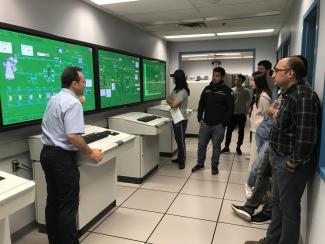
|
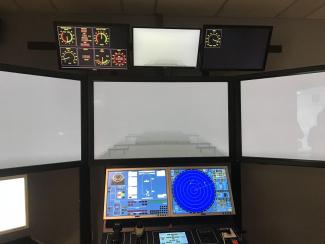
|
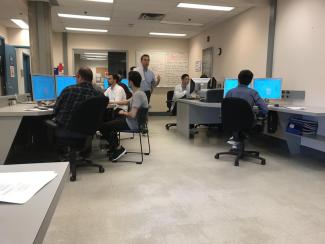
|
The second day started with a brief introduction to the Propulsion Plant Simulator through an exercise in which the Summer Session students attempted to cold start the main engine of a VLCC powered by a turbocharged slow speed marine diesel engine. The exercise was well recieved by all students and was both insightful and fun to understand how all the machinery systems are interconnected and appreciate the complexity of the system designed.
Mr. Fredrick Ahlgren also led several informative lectures on his insights and research on to how to make ships operate more efficiently. Fredrick has a professional background from the Royal Swedish Navy, serving as an engineering officer on submarines, corvettes and fast attack craft. He did his research on energy and exergy analyses for cruise ships and waste heat recovery simulations, and is currently researching data driven methods for energy efficiency on ships. Another eventful day at BCIT Marine Campus involved the HV Diesel Electric plant and the exercise to go through a Keyock system used to safely shut down, lock out and isolate Port PEM to inspect motor windings. This was followed by a lab on Load Sharing kW and Reactive Power.
On the final day, the group was weclomed on board the BC Ferries Coastal Renaissance during its sailing from Horseshoe bay to Nanaimo. The ferry uses a diesel electric propulsion similar to what was demonstrated in the BCIT simulator. It was an excellent and very informative tour of the machinery deck of the ferry, and all attendees were excited to see how the the systems were interconnected, operated, and managed by the very capable BC Ferries crew and engineering teams. On the way back to Horseshoe bay, Captain David showed us how the command and control of such complex yet advanced vessels is done and attendees were glad to learn about radar systems, navigation, and control.
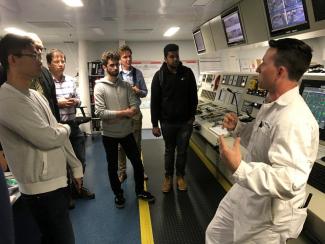
|
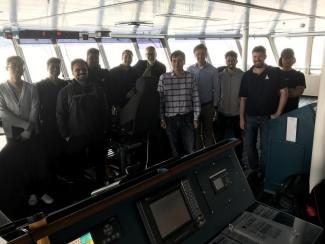
|
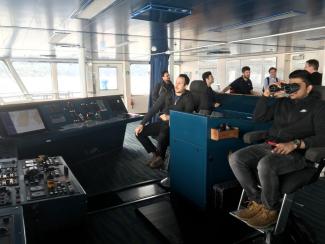
|
The summer program conlcuded with a tour of Seaspan Shipyards where the students were able to whitness the process from ship design to construction.
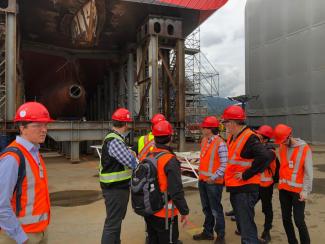
|
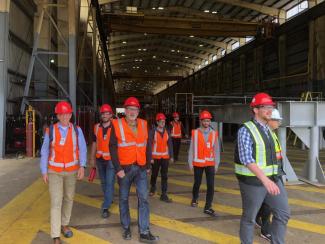
|
It took a great team, excellent organization from both BCIT instructors, Mr. Ayman and Mr. Serhat, and thank you to BC Ferries for giving us a very informative and friendly tour in the Coastal Renaissance. Also, thank you to Seaspan for the informative tour and for the great insights about the Shipbuilding and it is always fresh to see how vessels are fitted, and appreciate the effort that goes on to construction.
Mohamed Mansey, Research & Teaching Facilitation Manager
